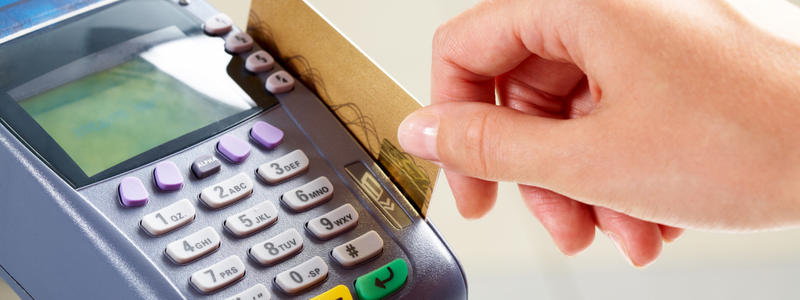
Pre-pandemic, the average consumer didn’t have even $1,000 to their name. However, more than six months into the pandemic and mass closures, and that is no longer the case. According to a recent survey, 77% of respondents said they’ve managed to save more or maintain their rate of savings since March. While 10% of respondents said they’ve managed to save “significantly more” since the start of the pandemic. Though approximately one-third of those surveyed admitted the increase in savings was the result of tightening their budgets, many agree that the lack of spending opportunities is the real reason behind their newly accumulated hoards of cash. Opening the opportunity for post-pandemic overspending to compensate.
According to Dave Ramsey, consumers have saved on everything from everyday purchases to big-ticket items. For instance, the average person saved $245 on restaurant bills since March, $1,400 on vacations and $5,700 on major purchases. When you factor in travel, daycare costs, entertainment and other everyday expenses, it’s easy to see how your savings may have grown since the start of 2020.
While you may be proud now, remember that it was easy to save when the world was closed. Now that businesses are reopening and offering killer sales to entice customers back in, you may be tempted to put “just a little bit” of your savings back into the economy. So you don’t fall victim to post-quarantine/post-pandemic spending, keep these five tips at the forefront of your mind as you begin to venture back into the world.
1. Let Your Budget Guide You
If you’re like many consumers, quarantine has forced you to do what you should have been doing all along: Save. With everything shut down, you have been forced to put your typically loose spending habits on hold. As a result, your savings blossomed, despite a lack of change in income (or possibly a decrease in income). After making it through the shutdowns, you may be looking forward to the freedom to spend once more. While that is understandable, you will only be hurting yourself if you return to your irresponsible, pre-pandemic spending ways.
Review your budget to determine how much you can realistically spend on entertainment, new clothing, home improvements, etc. Base your budget on your current income and not your savings. This will help to avoid dipping into that savings account. To keep growing your savings, adjust your pre-pandemic budget so that you’re spending less now than you did before. When you feel tempted to spend over budget, remind yourself that you’ve gone more than six months without a certain item and that six more won’t hurt.
2. Minimize Your Time on Social Media
Social media just gets you. After all, all you have to do is think about an item and you’ll start seeing ads for it. It may be easy to convince yourself that fate placed that ad before you, but really, it’s clever (albeit, a bit creepy) marketing. The best way to avoid this type of marketing trap is to never see it. Cut back on your social media use, especially during peak ad-engagement hours, which is typically around 8:00 p.m.
3. Send Promotional Emails To Your Spam Folder
Once upon a time, trashing branded emails may have been a part of your daily routine. 20% off at ABC? Delete. $5 off your next purchase at XYZ? Trash. Today, however, such subject lines may encourage you to take a second look.
To prevent any temptation, take a few minutes to unsubscribe from email newsletters from brands with which you do not regularly shop. Doing so is as simple as opening each offending email, scrolling to the bottom and clicking “Unsubscribe.” You can also right-click on the unopened message and click “Move to junk.”
4. Prioritize Your Spending
Naturally, you’re going to want to spend some of that stockpiled cash to support local businesses and pare down the ever-growing list of things you need. While a budget can help you curb your spending, a list prioritizing your expenses can help you visualize what is most important to you.
Set a budget for a month of spending and then write down, in order of importance, how you want to allocate that budget. Check off items as you buy them/do them, and write down how much each cost. Once you hit your budgeted amount, put your wallet away until next month.
5. Give Careful Consideration to Future Purchases
Since March, you have become a pro at putting off wants for weeks or even months. Though you may feel as if your self-discipline has worn itself thin, you do have it in you to put off a luxury purchase for one more day. Before you splurge on that new pair of boots or gourmet dinner, make yourself wait another 24 to 48 hours before you purchase. You may just decide that the purchase can wait for another day, or that you can live without after all.
Saving is hard, even for the most disciplined of consumers. For more savings resources and tips, check out our blog.



